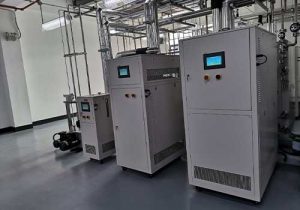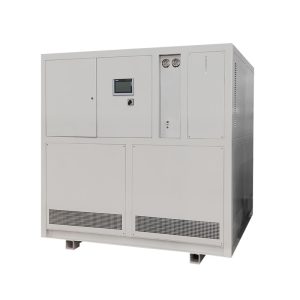electronic testing equipment
Introduction to Electronic Testing Equipment
Electronic testing equipment (ETE) plays a crucial role in the development, manufacturing, and maintenance of electronic devices. It encompasses a range of tools and systems designed to measure, analyze, and verify the performance of electronic components and systems against specified standards. This article delves into the principles, types, applications, benefits, and advancements in the field of ETE.

Principles of Electronic Testing Equipment
The primary principle behind ETE is to ensure that electronic devices function as intended and meet safety and performance standards. ETE allows for the verification of basic electronic parameters such as voltage, current, resistance, conductance, and capacitance, which is applicable in both the design phase and day-to-day maintenance of devices.
Types of Electronic Testing Equipment
ETE can be broadly categorized into general-purpose test equipment and mechanical test equipment. General-purpose test equipment includes:
Digital Multimeter: A versatile device used to measure current, voltage, resistance, and other parameters of a circuit.
Oscilloscope: Converts non-electrical vibrations or sounds into a 2-D waveform as a function of time, allowing for the study of frequency, amplitude, and time intervals.

Logic Analyzer: Used to test complex digital and logic circuits and display the relative timing of a large number of signals.
Signal Generator: Generates electronic or analog signals for testing the performance of devices under test (DUT) in a controlled environment.
Automated Test Equipment (ATE): A computer-controlled system that tests components, printed circuit boards, interconnections, or entire electronic devices with minimal operator intervention.
Applications of Electronic Testing Equipment
ETE is used across various industries for different purposes:
R&D Phase: Testing the performance of circuits and identifying possible defects during the development of new products.
Manufacturing Testing: Identifying component level defects, broken circuits, overloading connections, and high resistances to ensure quality control.
Maintenance: Checking the overall performance of electronic devices and verifying them against design specifications.
Benefits of Using Electronic Testing Equipment
The use of ETE offers several benefits, including:
Accuracy and Consistency: ETE executes tests accurately and consistently, eliminating human errors.
Efficiency and Speed: Reducing manual testing procedures to mere minutes or even seconds, ensuring timely product deliveries.
Comprehensive Testing: Allowing manufacturers to evaluate electronic devices’ functionality, performance, and reliability across various test scenarios.

Improved Product Quality: Catching defects early with minimal correction costs, reducing the chances of costly product recalls or warranty claims.
Advancements and Industry Trends
The ETE market is experiencing significant growth due to the introduction of new technologies, highly integrated electronic components, and the greater complexity of new electronic devices. The demand for miniature electronic devices, the ability to generate diverse and precise signals, and the need for comprehensive testing are driving market growth. Additionally, the advent of cloud-based testing platforms and the integration of robotics and automation systems are complementary technologies shaping the future of ETE.
Conclusion
Electronic testing equipment is indispensable in ensuring the reliability and performance of electronic devices. With the continuous evolution of technology and the increasing complexity of electronic devices, the role of ETE in quality control and product development is more critical than ever. By understanding the principles, types, applications, and benefits of ETE, manufacturers can make informed decisions to enhance their testing processes and deliver products that consistently meet or exceed consumer expectations.
Related recommendations
200 ton air cooled chiller
497200 Ton Air-Cooled Chiller Efficiency: A Comprehensive Analysis Introduction Air-cooled chillers are widely used for their ability to provide efficient cooling in various applications, inclu...
View detailsCommonly Used Auxiliary Accessories for Industrial Chillers
1775Commonly Used Auxiliary Accessories for Industrial Chillers As a professional cooling equipment, in addition to the basic shell, the industrial chiller also has many auxiliary accessories. O...
View detailslow temperature water cooled chiller
628Low Temperature Water Cooled Chiller A low temperature water cooled chiller is a type of refrigeration equipment designed to provide low-temperature cooling water, playing a crucial role in var...
View detailsHow to deal with insufficient water flow in the water cooled chiller?
1389How to deal with insufficient water flow in the water cooled chiller? The temperature control of the production process is imbalanced, even leading to severe production problems and acc...
View details
 LNEYA Chiller
LNEYA Chiller







HelloPlease log in